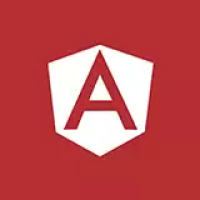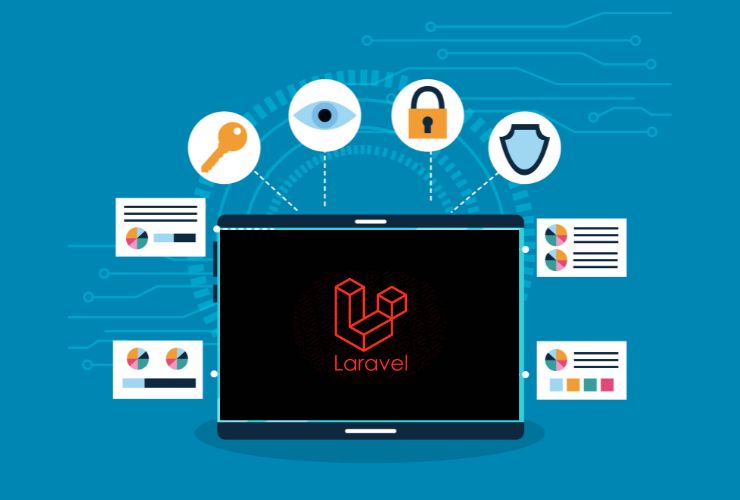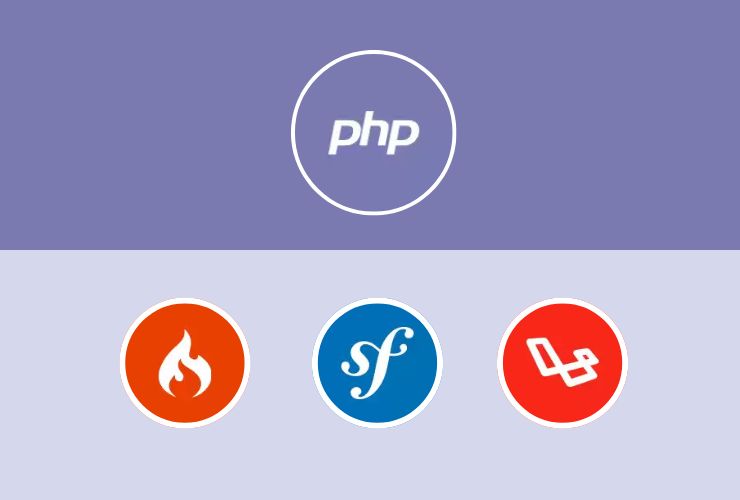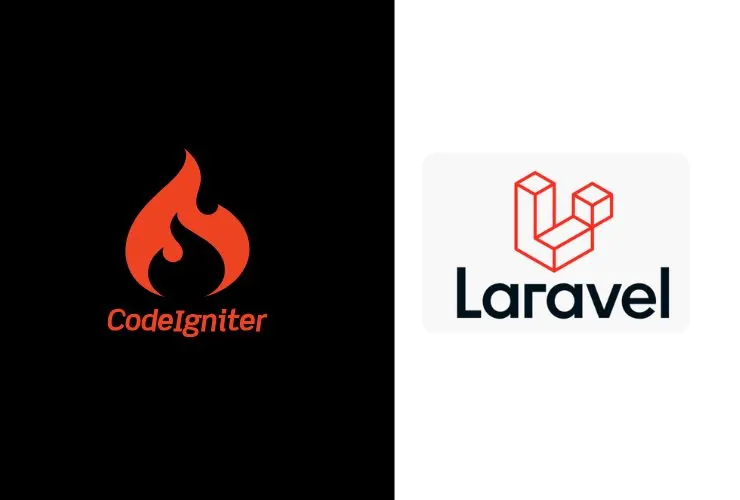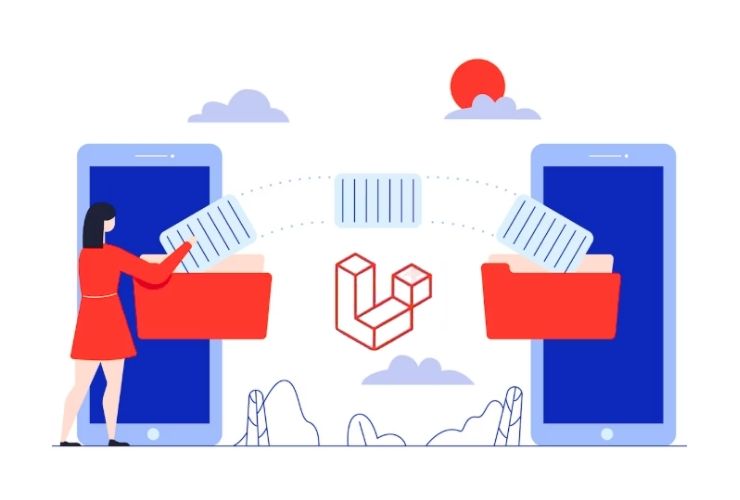Laravel has become one of the most popular PHP frameworks, known for its elegant syntax and powerful features. As you progress beyond the basics, mastering Laravel can elevate your development skills and significantly enhance your projects. In this blog post, we’ll explore advanced tips and tricks to help you become a Laravel expert.
1. Embrace the Eloquent ORM
Eloquent is Laravel’s powerful Object-Relational Mapping (ORM) tool, which lets you work with your database using expressive syntax. To gain Eloquent mastery:
- Relationships: One-to-many, many-to-many, and polymorphic relationships will help you to refactor your database queries and simplify complex joins.
- Query Scopes: Use local and global scopes to encapsulate frequently-used query logic that becomes cleaner and reusable code.
2. Leverage Middleware for Better Control
Middleware allows you to conveniently filter HTTP requests coming into your application. Here, you can:
- Authenticate Users: Create a custom middleware for authenticating purposes to ensure only the right people access specific routes.
- Log Requests: You can use middleware that logs incoming requests and helps understand what’s going on with the user and maybe even the cause of an issue.
3. Optimize Performance with Caching
Caching is important in enhancing the performance of your Laravel application. It offers different ways to cache, such as:
- Configuration Caching: Run php artisan config:cache to cache your configuration files, thus reducing the number of times they are loaded.
- Query Caching: Use the built-in query cache to speed up database interactions, especially for frequently accessed data.
4. Leverage Laravel Mix for Asset Management
Laravel Mix makes frontend asset management easy. It offers a clean, fluent API for defining Webpack build steps. Here’s how to make the most of it:
- Versioning: Leverage versioning to bust the cache of your assets, so that users will always get the latest files.
- Compile SASS/LESS: If you use SASS or LESS, Laravel Mix can compile these files with minimal configuration.
5. Take Advantage of Task Scheduling for Automation
Laravel’s task scheduling feature allows you to automate repetitive tasks easily. Instead of relying on a cron job, you can define scheduled tasks directly in your application. Here’s how:
- Define Schedules: Use the schedule method in your App\\Console\\Kernel.php file to define your tasks.
- Run Schedule: Set up a single cron entry that runs the Laravel command scheduler every minute.
6. Implement API Rate Limiting
When building APIs, it’s very important to prevent abuse and ensure fair usage. Laravel makes this easy with rate limiting:
- Throttle Requests: Leverage Laravel’s throttle middleware to restrict how many requests can be made from a given time frame.
- Customize Limits: Customize your rate limits on user roles or API endpoints depending on the need of your application.
7. Testing Your Applications
Testing is an important step in any development process. The Laravel comes along with a complete testing suite including:
- Feature Tests: Use feature tests to validate the behavior of your application in a perspective of users.
- Unit Tests: Write unit tests for independent parts to verify its functionality independently.
Mastering Laravel: To go in-depth into the more advanced features and capabilities, it’s important to leverage the power of Eloquent ORM, middleware, caching, and so much more, allowing you to create efficient, scalable, and maintainable applications. Keep practicing and exploring the Laravel ecosystem for continually improving skills and staying ahead in the fast-evolving world of web development.



